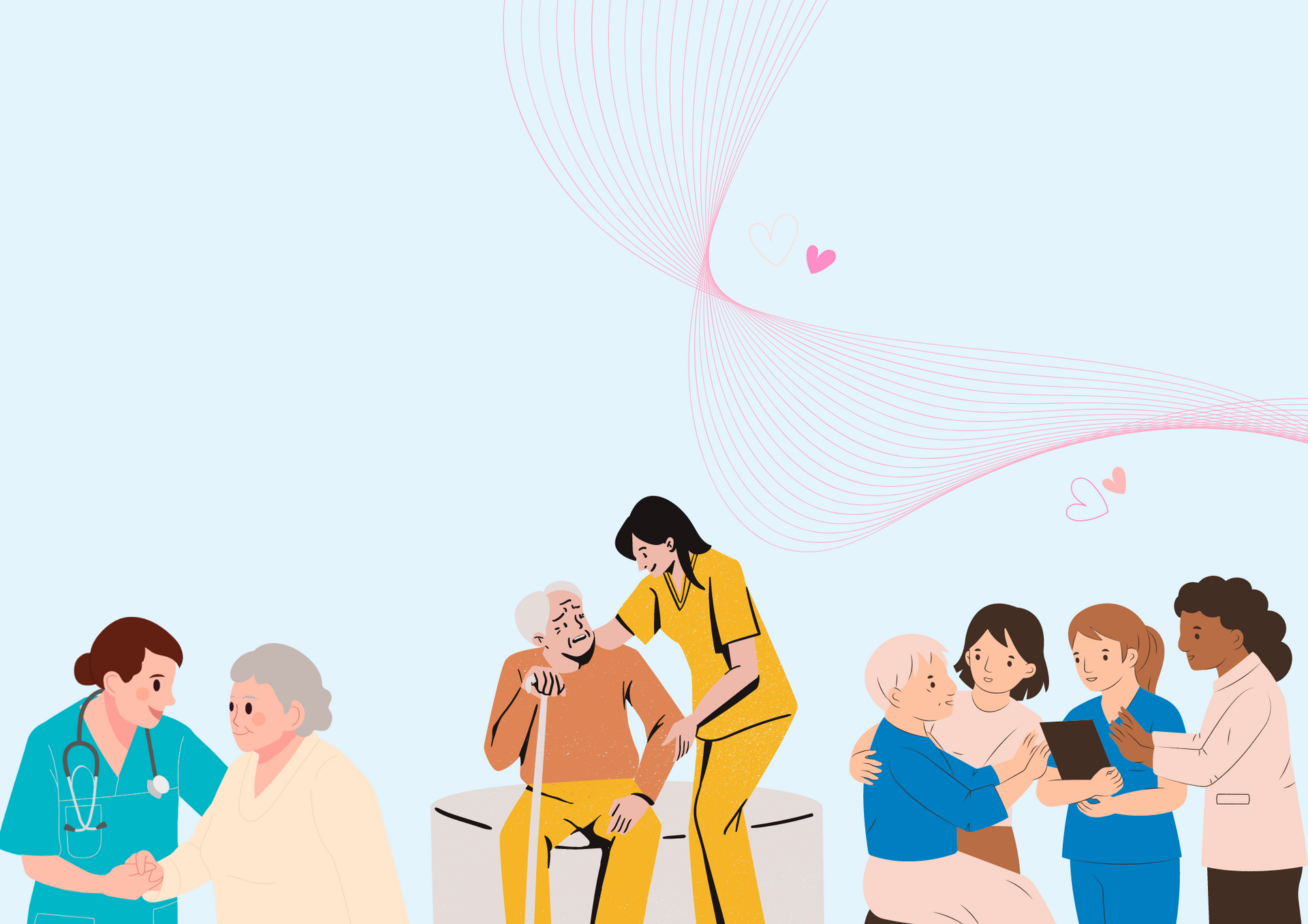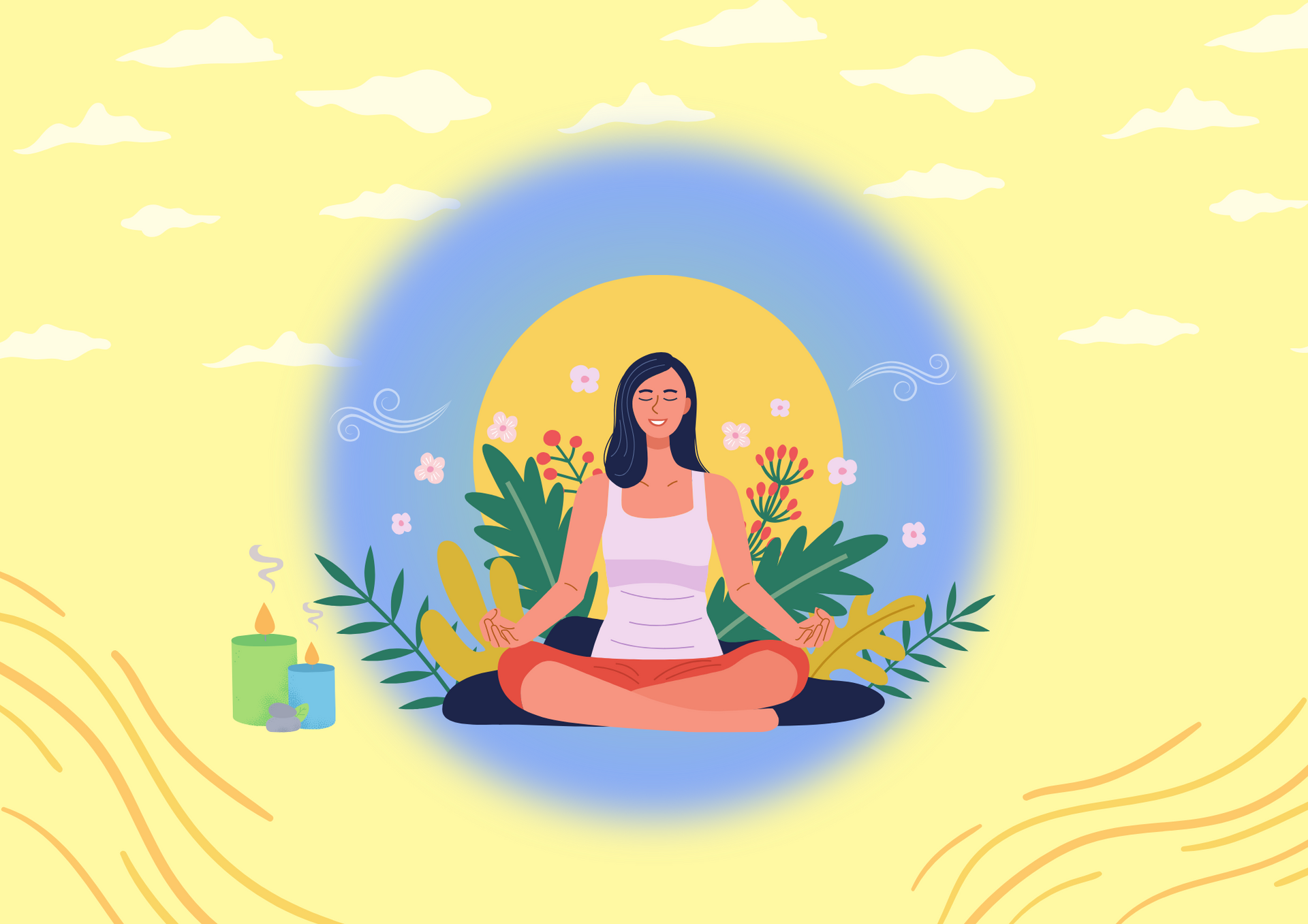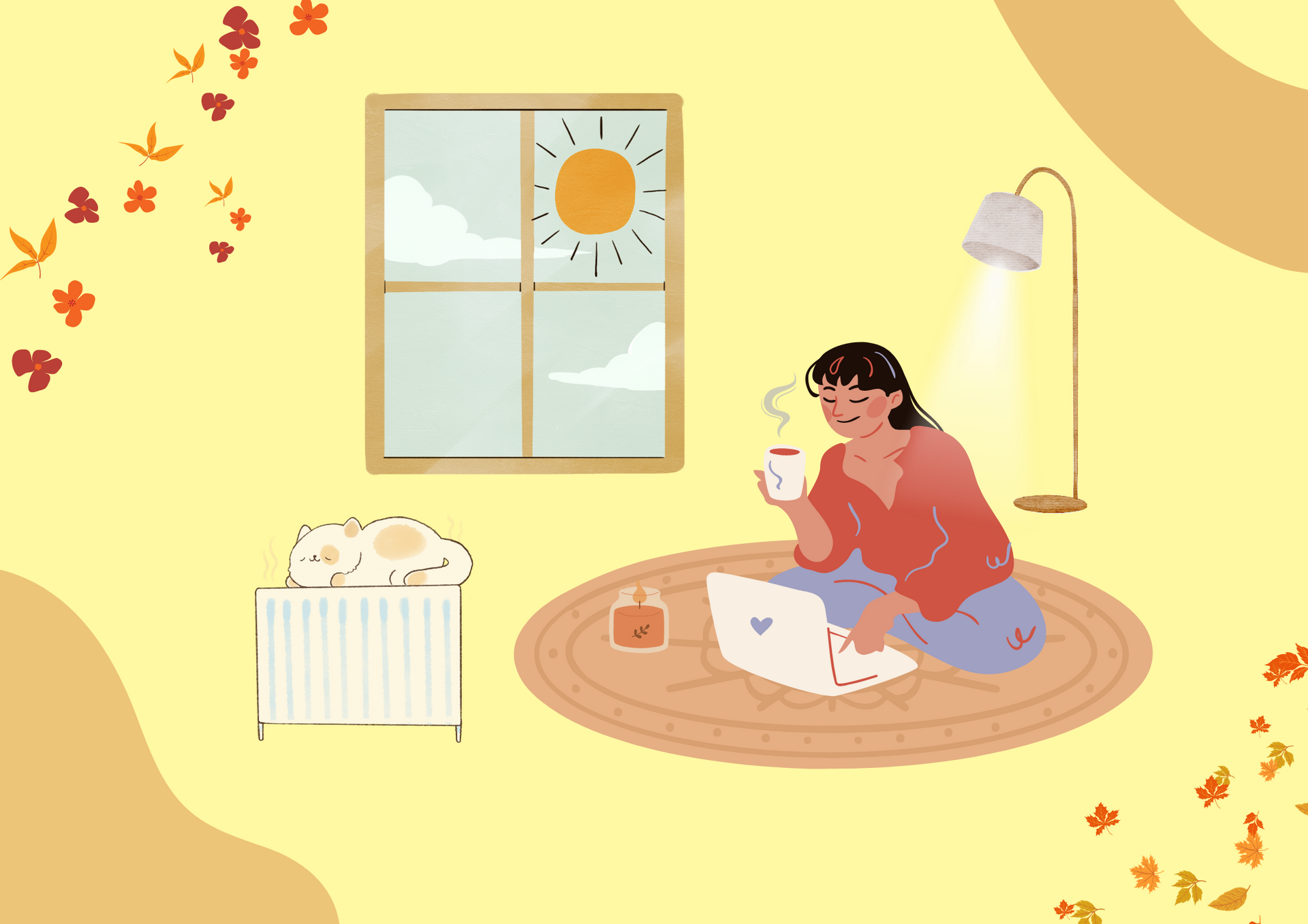Get in touch with us: (03) 8825 3500 / 1300 643 287
Beating the Winter Blues: Embracing Joy in the Chilly Season
Jun 20, 2023

As winter casts its icy spell upon us, it is not uncommon to experience a sense of melancholy and fatigue commonly known as the “winter blues.” The shorter days, longer nights, and colder temperatures can take a toll on our mood and our overall well-being.
Last year, I was deeply affected by the winter blues during my entire year-long experience of winter. In 2021, while in my home country, the chilliness began early in October and by the end of the month, winter had set in. Shortly after, in February 2022, I arrived in Melbourne, where the days were already becoming cold. The frigid Antarctic winds were completely new to me, and it was far from being a pleasant experience. To make matters worse, summer didn’t arrive in Melbourne until November, leaving me with a full year of winter. It was a truly challenging time, especially considering my fondness for the summer season. It was during that time that I found out about seasonal affective disorder (SAD) during winter, also known as winter depression or winter blues.
However, I refused to give up or succumb to the gloomy grip of the season. If you struggle with winter blues like me then luckily for us, there are several ways in which we can fight this and embrace the joys that this chilly season can offer.
Embrace Natural Light
With the days growing shorter, it’s crucial to maximize exposure to natural light. Open your curtains or blinds during the day to let in as much sunlight as possible. Very often, I would keep my blinds open even during the night so that I wake up to the beautiful sun shining right through my window. If feasible, take a walk outside during daylight hours to soak up some vitamin D and release some serotonin, which can significantly boost your mood and energy levels.
Stay Active
Another way I kept myself from succumbing to the gloomy days was by staying active. Physical activity is a proven mood booster and can help combat the winter blues very well. Engaging in regular exercise help release those feel-good endorphins, which can help alleviate symptoms of depression and anxiety. I started playing tennis last winter and it helped me so well in brightening my days. I even continued my yoga practice, and I often made my friends practice with me. It is such a simple way of fighting the winter blues by just finding an activity you enjoy, whether it is joining a gym, practising yoga, dancing, or simply taking brisk walks in the crisp winter air. Not only will exercise enhance our overall well-being, but it will also keep us warm and energized during the colder months. As the saying goes; two birds, one stone.
Don’t Forget to Socialise
Winter often tempts us to hibernate indoors, but this is something we must fight against. Isolation can worsen feelings of sadness and loneliness, which is why making a conscious effort to stay connected with loved ones will help us against these gloomy feelings. Plan social activities such as movie nights, game evenings, or hotpot dinners with friends and family. If physical gatherings are not possible, utilize technology to connect virtually. Regular social interactions can provide a much-needed boost to your emotional well-being and create lasting memories. Back in my hometown in Assam, we have this beautiful culture of going to picnics during the daylight hours and gathering around a bonfire after dark every single day with our friends and family. This is one of the reasons why winter never felt gloomy in Assam, social interactions and the amazing memories made winters absolutely beautiful.
Winter Activities
Furthermore, every season has distinct activities that cannot be enjoyed in other seasons. Likewise, winter too has heaps of unique opportunities for enjoyment. Embrace the charms of this chilly season by participating in winter activities. Go skiing, build snowmen, have a snowball fight, or go sledding. Additionally, do not forget to relish the pleasures of winter cuisine, such as sipping lots of hot chocolate by the fireplace or indulging in comforting soups and stews.
While winter blues may seem inevitable, it is important to remember that we have the power to overcome them and find joy even during the coldest months. By embracing natural light, staying active, nurturing social connections, and embracing winter activities, you can transform the winter season into a time of warmth, happiness, and rejuvenation. So, let us say goodbye to the winter blues and welcome the beauty and wonder that this beautiful season brings.
Remember that winters might not be easy, but we can make it worth it.
Blog by: Priya Saikia

By Nithya Viswanathan
•
10 May, 2024
After her friend died, Vicki says she continued to ‘jump into action’ every time someone close to her needed help. That’s when she confessed to compassion fatigue. She felt “weighed down, tired and sad”, she said after taking care of so many loved ones.” “Finally, she rightfully asked herself, “How much more could I do without getting even more tired and sad?”.

07 Apr, 2024
The mind-body connection is the interconnection between your mental and physical well-being. It is a two-way relationship where the mind influences the body; the body influences the mind. For example, we were all told how physical exercise reduces symptoms of depression and anxiety. The reason behind that is that the brain releases chemicals (endorphins and serotonin) known to improve the mood and reduce stress.
By strengthening the connection between the mind and body through a holistic perspective, you can start prioritising your health.

29 Mar, 2024
When the days become shorter and the nights longer and you find yourself sleeping more than usual but still feeling the tiredness in your body; the lack of energy to carry out your usual activities. It all comes down to Seasonal Affective Disorder (most commonly known as SAD). 35% of Australians experience depression during the winter months. Compared to other mental health disorders, SAD is harder to diagnose. It might take you two years of experiencing the same symptoms during a specific season before you get diagnosed with Seasonal Affective Disorder. But what causes SAD? SAD is thought to be caused by shorter days and less daylight shifting the body’s circadian rhythm (it’s body clock), which may trigger chemical change, with the body releasing less hormones such as melatonin (a sleep hormone) and serotonin (a mood hormone), which affects our sleep and mood. How does SAD affect you? SAD symptoms are often characterised by a recurrent seasonal pattern. The symptoms can last about 4-5 months, often starting as mild, and then gradually worsening as the season progresses. But alongside the end of winter, the symptoms come to an end and individuals become completely well again. Losing interest in normal activities Triggering bad eating habits Finding it hard to wake up in the morning. Sleeping too much Feeling tired all the time Lack of energy Some self-care activities include but are not limited to: Going outside Regular exercise Sleep hygiene and sleep patterns Making the environment brighter Talk to trusted ones/ maintain adequate social interactions Take up new hobbies In case the symptoms persist, consider reaching out to these helpful resources: Call 000 See your GP A mental health team and/or psychologist (e.g. at a community health centre) Mental Health Foundation Australia: 1300 643 287 | admin@mhfa.org.au Lifeline Tel: 13 11 14 Kids Helpline Tel: 1800 55 1800 SuicideLine Tel: 1300 651 251 Australian Psychological Society – Find a psychologist service Tel: 1800 333 497 (outside Melbourne) or (03) 8662 3300 (in Melbourne) By Julia Tsang, Natalie Filimon, Brendan Chau
About
Programs
Get Involved
News

The Mental Health Foundation Australia acknowledges the traditional owners of country throughout Australia and their continuing connection to land, sea and community. We pay our respects to them and their cultures and to their elders both past and present.
© 2024
All Rights Reserved | Mental Health Foundation Australia | Registered PBI with ACNC. Charity ABN 81 006 003 363

